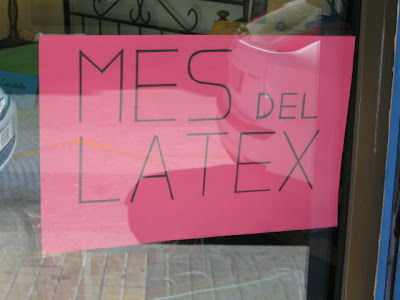 Mes del Látex
Mes del LátexJejeje
Month of Latex
Hahaha
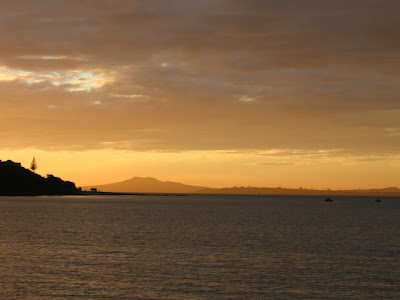
Mi madre me envía esto. Me gusta lo raro que es a veces mi pais.
My mother sent me this. I like how NZ can be a bit strange sometimes.
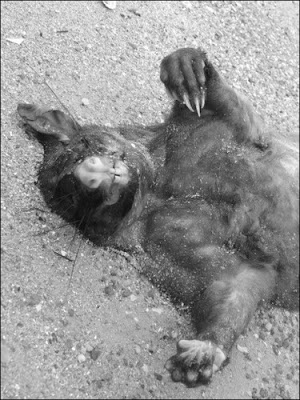 El día de la basura
El día de la basura 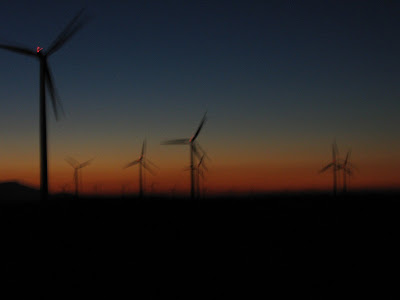 Molinos al atardecer
Molinos al atardecer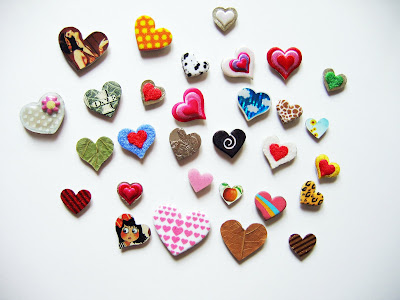 Hearts
Hearts 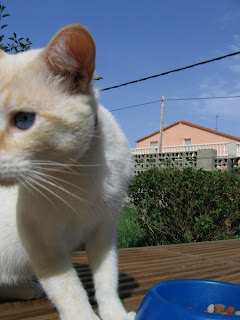 Cómo este gato consiguió su nombre
Cómo este gato consiguió su nombre
Justo después de legar a la casa di un paso hacia atrás, sin mirar hacia dónde iba, porque estaba continuando una conversación. Pisé la cabeza del pequeño gato blanco. Sentí algo bajo mi pie y después vi un destello blanco y manchas de sangre en el suelo. El gato corrió a un arbusto pero fue fácil cogerlo. Le salía sangre de su nariz y su boca. Le costaba respirar, hubo un momento en que dejó de hacerlo.
Me eché a llorar y fui a la cocina. El padre de mi novio llamó a su mujer para pedirle consejo médico. Ella le dijo que esperase y mirase se faltaban. Fui a buscar vuelos para volver a Nueva Zelanda. Mi novio estaba sorprendido, no entendía cómo un gato pequeño podía provocar tanta emoción. Cuando me preparaba para ir a la cama el gato quería que le hiciéra caso, pero no podía afrontarlo, las marcas de sangre en su cara y la respiración tropellada eran demasiado para mí.
Al día siguiente el gato estaba bien, normal, contento, incluso comía más de lo normal. Lo llamamos Lucky (Afortunado) por su suerte, porque siguió vivo y bien contra todo pronóstico. Ahora Lucky tiene seis vidas o menos pero como podéis ver es elegante como sólo pueden serlo los gatos. Su presencia siempre me hace feliz.
How this cat got his name
This little white cat with the sky blue eyes got his name one traumatic day. I had arrived home after my first visit to the
I collapsed into sobs in the kitchen. My boyfriend's father called his wife for medical advice, wait, was the advice. I went to look for flights back to NZ. My boyfriend was wearing a shocked expression, he couldn’t understand such emotion for one little cat. As I prepared myself for bed the cat wanted attention, but I couldn’t face it, the blood streaks on its face and the rattly breathing were too much for me to cope with.